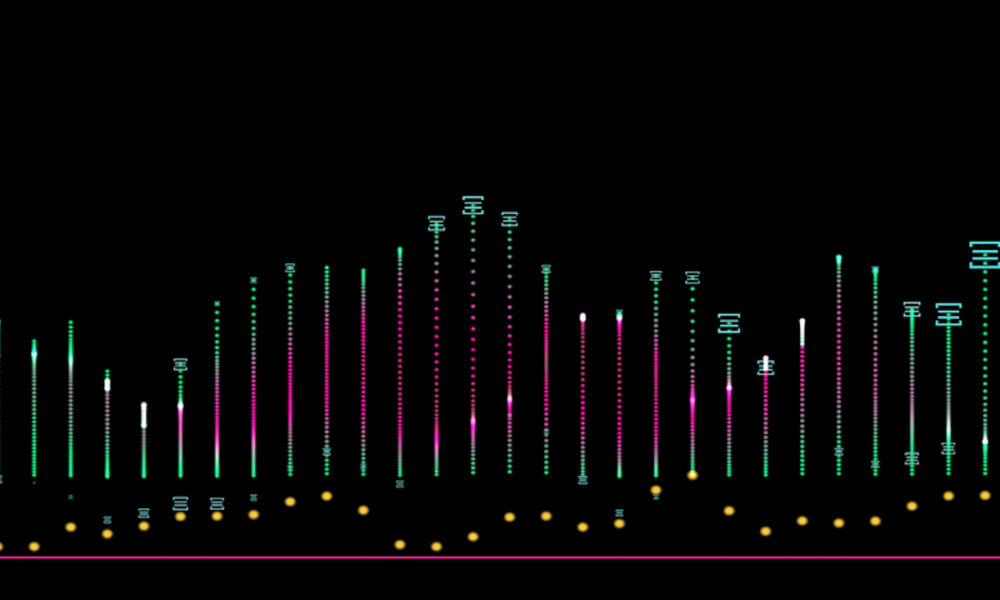Ethereum’s Fee Take Falls to $6.46M, What the Decline Means for Price and Supply

Sentora, the on-chain analytics shop formerly known as IntoTheBlock, set off an important conversation this week when it flagged a sharp drop in Ethereum’s headline fees. “Ethereum fees decreased by -21.7% (to $6.46 million) this week,” the firm tweeted, adding that the fall reflects reduced activity on the base layer even as total Ethereum fees remain roughly three times those of Bitcoin, a reminder that meaningful on-chain activity still lives on Ethereum.
The market has followed that downtick with a familiar mix of anxiety and shrugging pragmatism. Ethereum is trading around $3,080 at the time of writing, off a few percent on the week as traders digest weaker on-chain demand and broader risk-off flows in crypto markets. Price feeds show that ETH’s technical models are pointing to $3,150 as a short-term pivot: hold it and bulls can regroup, lose it and a deeper pullback could follow.
Why Did Fees Fall?
Several on-chain indicators and exchanges that track gas show a clear cooling of activity: average gas levels have dropped to multi-year lows and moments this week when base-layer gas touched fractions of a gwei were reported across analytics outlets. That pattern is consistent with the shift of many dApp users to Layer-2 rollups and with a lull in high-fee behaviors such as frantic NFT drops or gas-heavy arbitrage sweeps.
Sentora’s own historical dashboards have flagged this migration to Layer-2s as a durable force that depresses mainnet fee income even while throughput across the wider Ethereum ecosystem remains healthy. The fee plunge has mixed implications. On the one hand, cheaper transactions are obviously good news for ordinary users and for developers building retail-facing apps; lower friction can expand on-chain use.
On the other hand, lower base-layer fees translate into smaller EIP-1559 burns, the mechanism that destroys a portion of every transaction fee and that has been credited with creating a structural disinflationary force under certain market conditions. Less burning reduces that offset, and some analysts point out that if prices fall while burns slow, the supply dynamics that supported earlier rallies could weaken.
There’s also a useful perspective in the comparison with Bitcoin. Even after this week’s decline, Sentora’s note that Ethereum’s total fee take still dwarfs Bitcoin’s (historical fee tallies show Ethereum’s cumulative fee revenue at roughly three times Bitcoin’s), showing that Ethereum’s role as an application layer keeps it more fee-intensive overall.
In short, fewer users transacting on mainnet doesn’t mean the network is irrelevant; it still processes far more economic activity tied to smart contracts, DEX trades and tokenized flows than Bitcoin does. At the same time, capital flows tell a different story of demand. Institutional and retail products tied to Ethereum, notably ETF and ETP vehicles, continue to attract sizable inflows in certain weeks, suggesting investor appetite for ETH exposure remains.
Data aggregators tracking exchange and ETF flows have shown big swings month to month, and analysts say those flows, along with staking dynamics, are what will increasingly determine Ether’s medium-term price path rather than base-layer fee income alone. For traders watching price action, the near-term script looks straightforward: volatility is back and liquidity is patchy.
Technical experts are watching the $3,150–$3,350 corridor as the market’s next battleground; a convincing move above that band would ease immediate selling pressure, while violations to the downside could invite a test of deeper support. Fundamental narratives, slower mainnet fees, stronger Layer-2 adoption, ongoing staking inflows and ETF demand will keep the story from being purely technical.
What to watch next? One, whether Layer-2 activity continues to siphon transactions off mainnet and keep fees depressed; two, whether ETF and exchange flows re-accelerate and provide a bid to the market; and three, whether on-chain burn metrics meaningfully slow and alter supply expectations.
Sentora’s brief dispatch this week may have been a single data point, but it captures a wider structural shift that traders and developers have been living with for months: cheaper base-layer gas, more activity on rollups, and a changing calculus for how Ethereum earns and destroys value.
You May Also Like

Best Crypto Presale 2025: Why Users Are Flocking to Earth Version 2 (EV2)

The DeFAI Crucible: Navigating Trust and Automation in a Nascent Market
